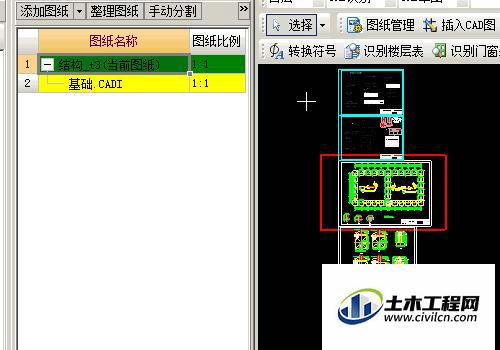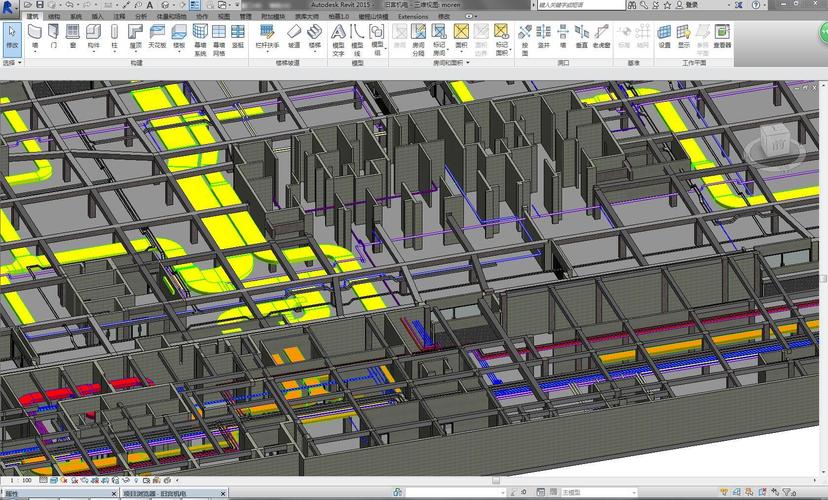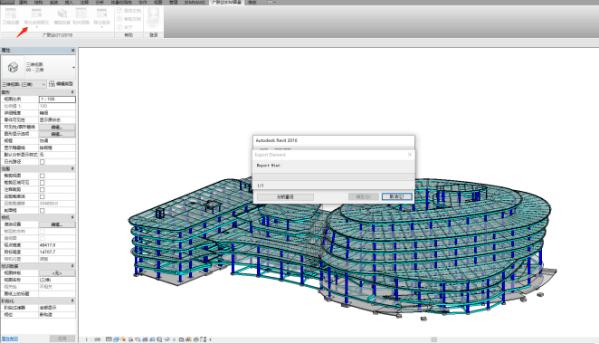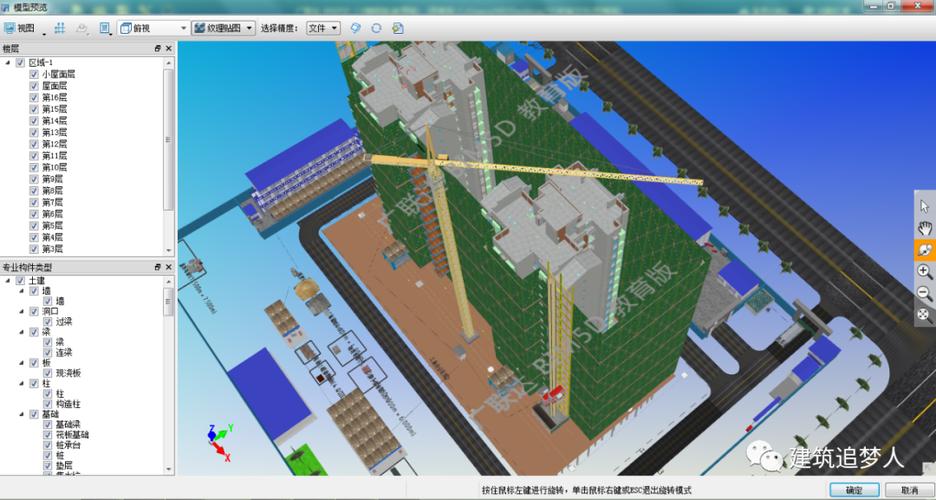
下载app免费领取会员


When it comes to choosing between Revit and CAD, it's important to first understand the differences and benefits of each software. Revit and CAD are both widely used in the design and construction industry, but they have distinct features that set them apart.
CAD, or computer-aided design, is a generic term that refers to a range of software used for creating 2D and 3D models. CAD software is highly versatile and can be used for various applications, such as mechanical engineering, architecture, and product design. It offers flexibility in design and allows for precise control over individual components.
On the other hand, Revit is a specific type of software that falls under the umbrella of BIM (Building Information Modeling). Revit is designed specifically for architects, engineers, and building professionals to create detailed 3D models of buildings and structures. It focuses on collaboration and integration of various project elements, such as architectural, structural, and MEP (mechanical, electrical, and plumbing) systems.
The main advantage of Revit over CAD is its ability to create intelligent, parametric models. In Revit, objects are created as parametric components that contain information about their properties and relationships with other elements in the model. This means that any changes made to one component will automatically update all related components, ensuring consistency and accuracy throughout the design process. This feature is particularly useful in large-scale projects, where changes can be frequent and time-consuming to implement manually in CAD.
Revit also offers better integration and coordination between different design disciplines. Since Revit is a BIM software, it allows architects, engineers, and contractors to work collaboratively on a single, shared model. This not only improves communication and reduces errors but also enables the detection of clashes or conflicts in the design at an early stage, saving valuable time and resources during construction.
However, CAD still holds its own advantages in certain applications. CAD software is highly flexible and allows for more detailed control over individual components. It is often used in industries such as mechanical engineering, where intricate designs and precise measurements are crucial.
Ultimately, the choice between Revit and CAD depends on the specific needs and requirements of the project. For architects and building professionals working on complex, multi-disciplinary projects, Revit is often the preferred option due to its intelligent modeling capabilities and collaborative features. However, for industries that require more detailed control over individual components, CAD may still be the better choice.
In conclusion, both Revit and CAD have their own strengths and are widely used in the design and construction industry. The decision to choose one over the other depends on factors such as the project requirements, level of collaboration needed, and individual preferences. Ultimately, it is important to evaluate the specific needs of the project and choose the software that best suits those needs.
.jpg)
本文版权归腿腿教学网及原创作者所有,未经授权,谢绝转载。

下一篇:BIM5D教程 | Revit与HIBIM:了解其异同
推荐专题
























































